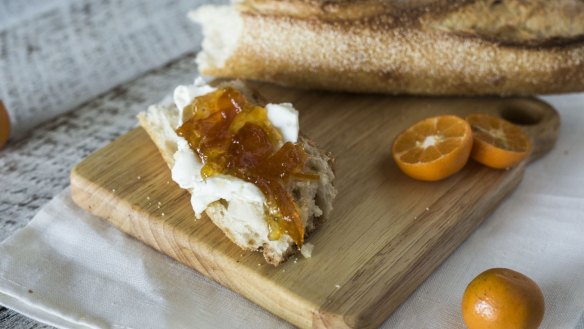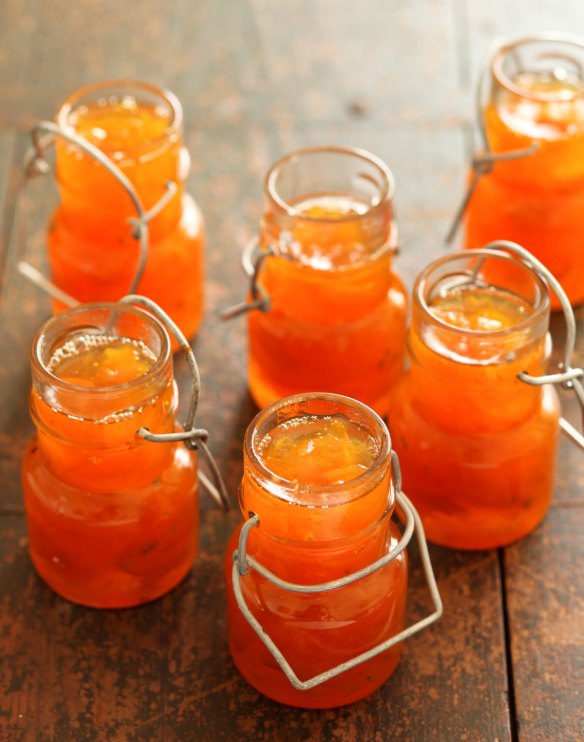Kumquats: Everything you need to know

They look like tiny oranges but are dramatically more fragrant, with every part of the fruit edible aside from the pips. From flavouring ice-cream and Asian master stocks to New Age gins, kumquats are not only in vogue but are now in season, making them an affordable exotic addition to the kitchen.
What is it?

Kumquats (also known as cumquats) are the small fruit of what are thought to be the ancestors of many of the types of citrus we enjoy today.
Originally from China, they spread to other parts of Asia, to Europe and, in the mid-19th century, to Australia. The name comes from the Cantonese kam-kwat meaning "golden orange".
The most common commercial varieties have edible skin and flesh filled with acidic juice. The pips need to be removed with the tip of a pointed knife before use.
For generations kumquats have been turned into homemade gifts such as marmalade.
Why do we love it?
Kumquats are a frequent subject in Chinese art and literature and are associated with fertility. In Australia, they are often found in suburban gardens, where they are grown as ornamental shrubs.
They are easy to grow and are resistant to citrus gall wasp, so for generations kumquats have been turned into homemade gifts such as marmalade or spiced brandy kumquats or enjoyed straight from the tree for some citrus zing and vitamin C.

But until recently, the fruit had fallen out of favour. The easy-to-peel skin is dotted with many sacs filled with essential oil. This is liberated by crushing, squeezing or cooking, and adds a rich, complex citrus note to cocktails, desserts and other dishes.
How do you use it?
Turn plump kumquats into marmalade, a versatile preserve that can be spread on toast, used as a punchy glaze for grilled or barbecued poultry (loosened first with a little hot water), chutney for a roast, or added to a wintry pudding or upside-down cake.
Make a kumquat squash cocktail by gently pressing three kumquats in a glass with a wooden muddling stick or spoon, adding 60ml gin, 10ml cherry liqueur and 20ml lemon juice and shaking over ice.
Or try bartender Fred Siggins' version, using plum wine from Japan.
Alegre Mexican restaurant on Sydney's Darling Harbour serves a little pickled kumquat with the three-cheese stuffed zucchini flower, the sharp, highly aromatic peel and fruit cutting through the richness of the cheese.
Kumquat peel can be dehydrated, powdered and sprinkled over roast duck before serving, and whole fruit can be added with star anise to stock when poaching poultry.
A little kumquat juice goes a long way. At Bar Lourinha in Melbourne, Matt McConnell adds a few drops to chardonnay vinegar and finely diced eschalot to make a mignonette dressing for oysters.
Where do you get it?
Raid the gardens of family members or neighbours. Otherwise, look for plump, shiny fruit without blemishes in greengrocers, markets and farmers' markets in late autumn and early winter. Store in a paper bag in the fridge.
Send your culinary conundrums and ingredient suggestions to brainfood@richardcornish.com.au or Twitter and Insta @foodcornish
Appears in these collections
- More:
- Food
- Brain food
From our partners
Original URL: https://www.brisbanetimes.com.au/goodfood/kumquats-everything-you-need-to-know-20220505-h23k8u.html
